This reflection was actually inspired by both my classmate Candela and Piranesi. A few days into university, there was a Piranesi exhibition in the ETSA here in the UPV and my classmate Candela and I decided to see it one day after class. We were talking about how incledible his drawings were and how many tiny details he did and somehow we ended up talking about what architecture movements we liked the most. I realised then how different the two types I like the most were.
To me the most impressive is modernism. If you have already read my other reflections you know by now I really like Antonio Gaudí.
Modernisme in its earlier stages was inspired by historic architecture. Its practitioners saw its return to the past as a response to the industrial forms imposed by the Industrial Revolution’s technological advances. The use of these older styles represented a moral regeneration that allowed the bourgeoisie to identify with values they regarded as their cultural roots. The Renaixença (rebirth), the revival of Catalan culture that began in the second half of the 19th century, brought more Gothic forms into the Catalan «national» style that aimed to combine nationalism and cosmopolitanism while at the same time integrating into the European modernizing movement.
Some essential features of Modernisme were: an anticlassical language inherited from Romanticism with a tendency to lyricism and subjectivity; the determined connection of architecture with the applied arts and artistic work that produced an overtly ornamental style; the use of new materials from which emerged a mixed constructional language, rich in contrasts, that sought a plastic effect for the whole; a strong sense of optimism and faith in progress that produced an emphatic art that reflected the atmosphere of prosperity of the time, above all of the esthetic of the bourgeoisie.
Until now I have only visited a few of his works but I look forward to seeing more this new 2022 year.
What I like most about his work is how much color and detail ot has. You may think «less is more», or at least I have always thougt like that, but since I discovered his work, I have changed my mind. I love the fact that it has so many things to look at with so much detail.
Then we have deconstructivism and Zaha Hadid. Before entering the degree, I decided to investigate a little in my own way (and by this I mean look in Pinterest), and this is how I discovered Zaha Hadid and deconstructivism. I have always liked this type of architecture I just didn’t know how it wa called. This type of constructuions are breath taking to me, because they use shapes that blow my mind trying to figure out how they made it possible.
Deconstructivism is not, in fact, a new architectural style, nor is it an avant-garde movement against architecture or society. It does not follow «rules» or acquire a specific aesthetic, nor is it a rebellion against a social dilemma. It is the release of infinite possibilities to play with shapes and volumes.
The projects in this exhibition mark a different sensibility, one in which the dream of pure form has been disturbed. It is the ability to disrupt our thinking about form that makes these projects deconstructive. The show examines an episode, a point of intersection between several architects where each one builds a disturbing building exploiting the hidden potential of modernism.
Phillip Johnson and Mark Wigley, excerpt from MoMA Deconstructivist Architecture book.
I felt like mentioning Zaha Hadid since there is generally a lot more representation in Architecture for men than women and Zaha Hadid is an incredible architect.
To end the reflection, I have to mention the rococo arquitecture. I still don’t know a lot about this style, however I just know a like it a lot and it has taken over my architecture pinterest board. There are also so many details which always impresses me. We all know by now how much I like little details.
To completely close this reflection I’m going to leave some pictures I have saved in my architecure board on Pinterest so you can see the variety of styles.
BIBLIOGRAPHY
https://en.wikipedia.org/wiki/Antoni_Gaud%C3%AD
https://www.plataformaarquitectura.cl/cl/924234/que-es-el-deconstructivismo
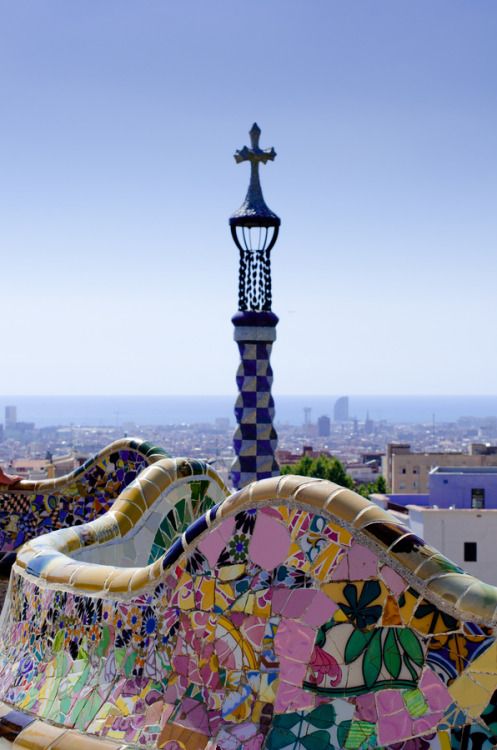
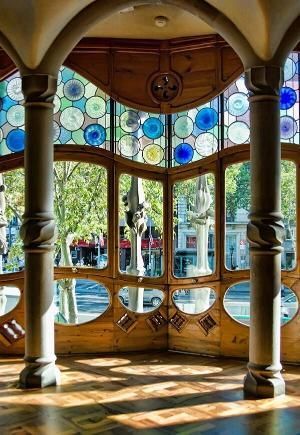
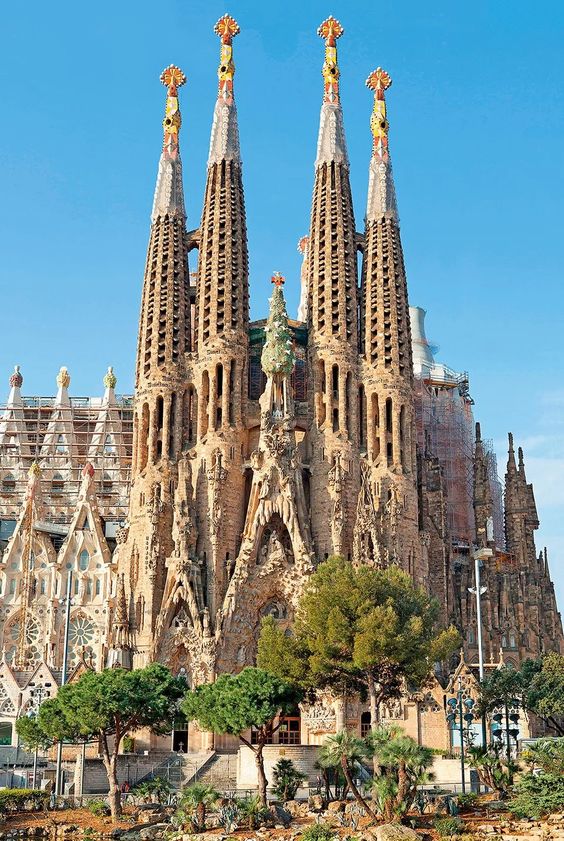
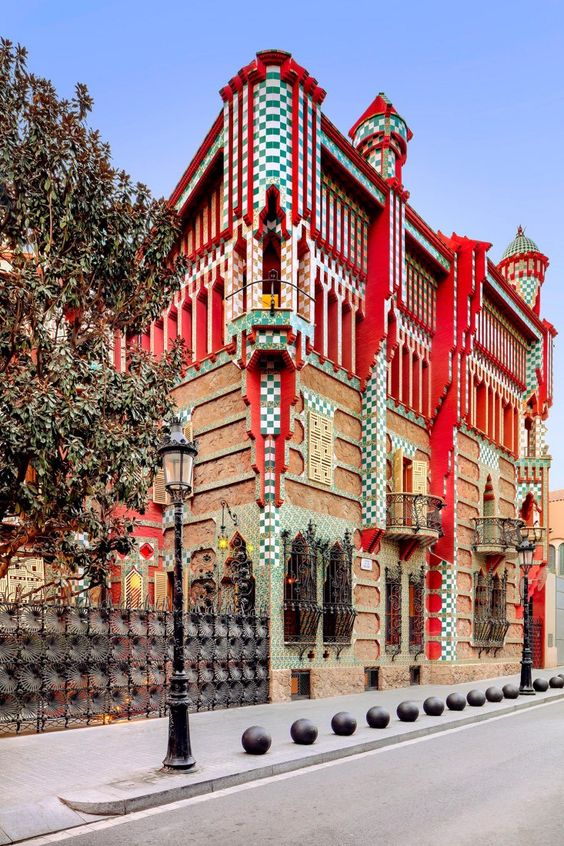
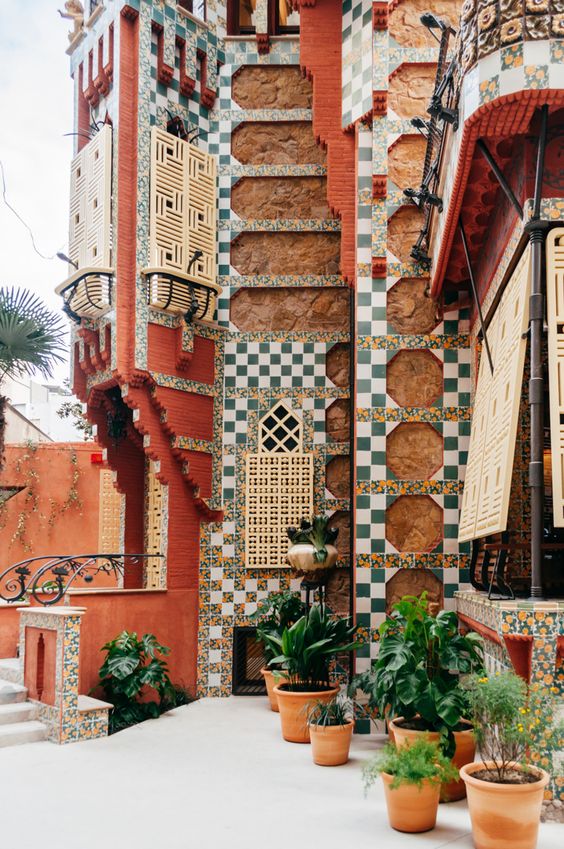
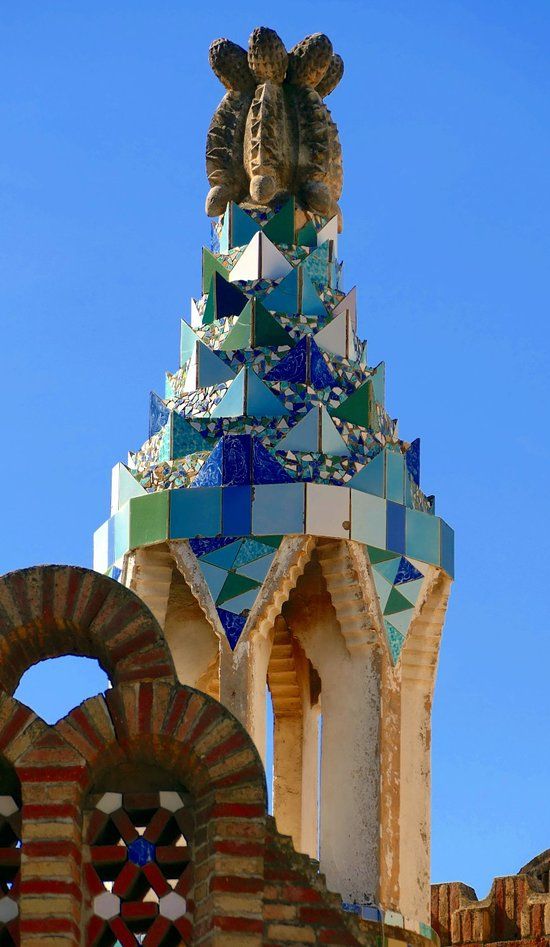
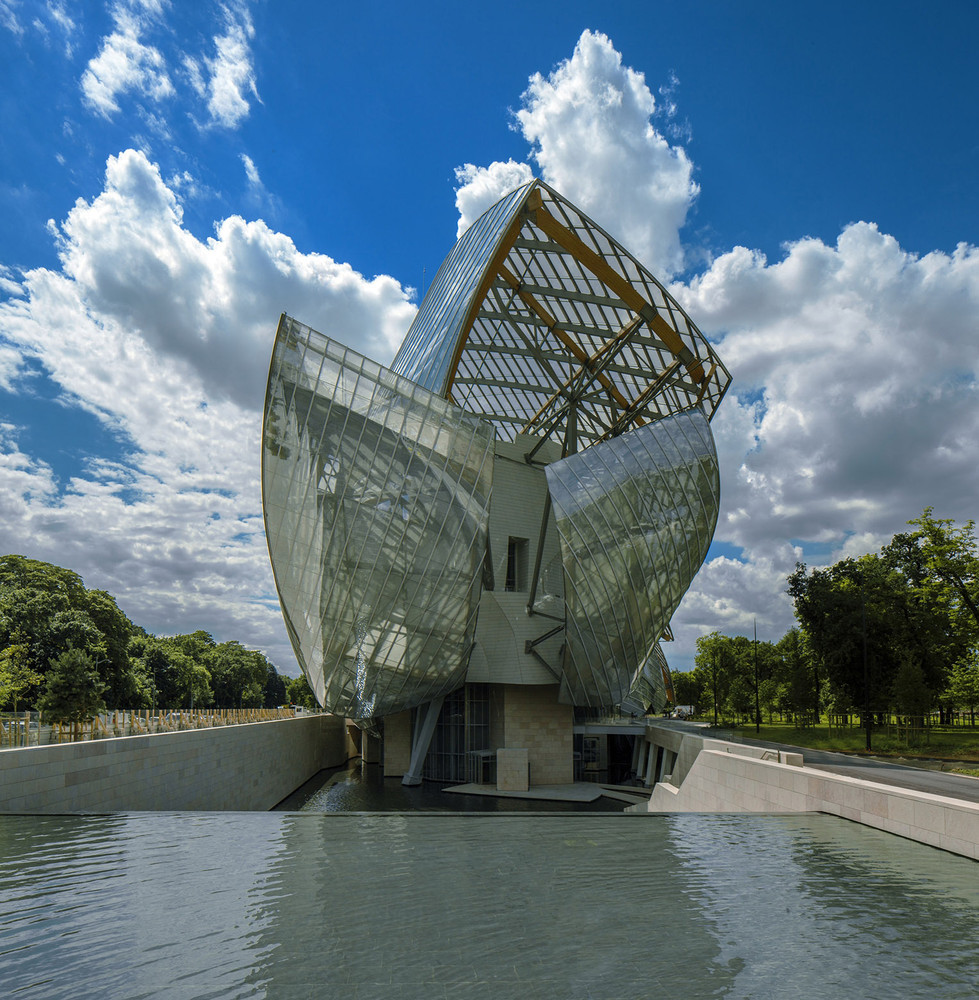
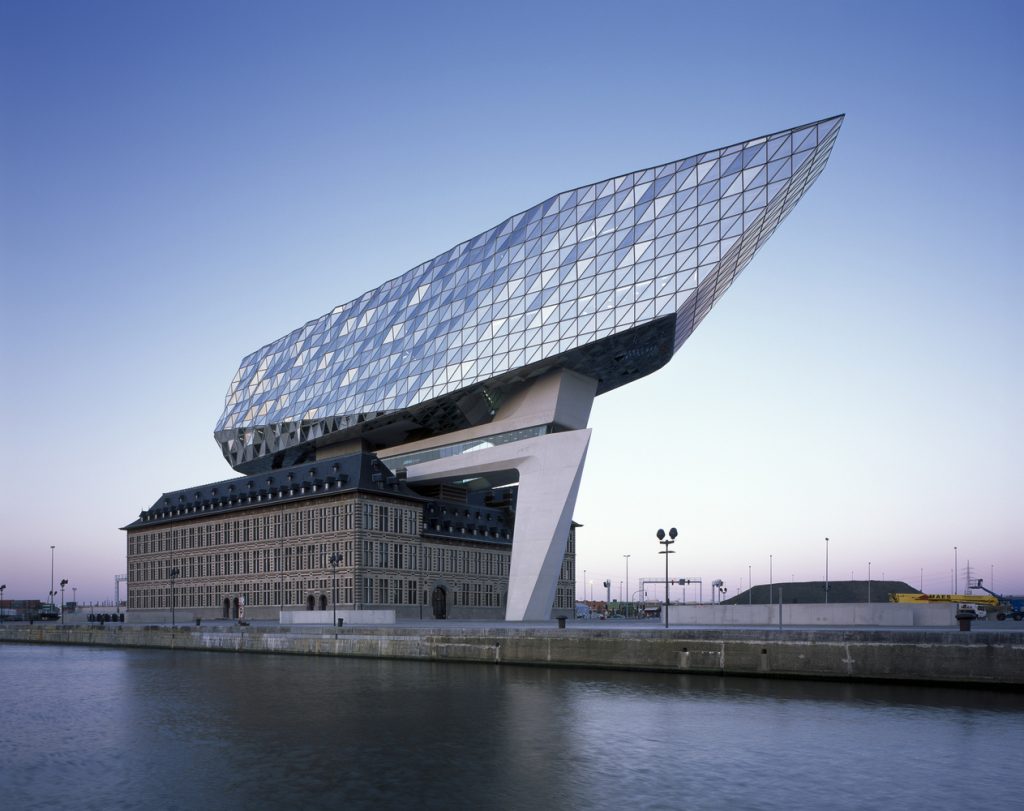
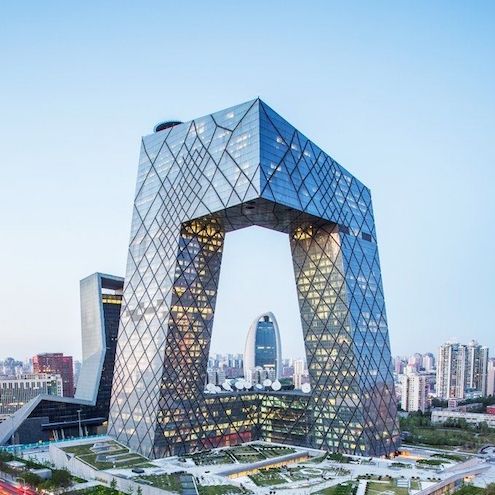
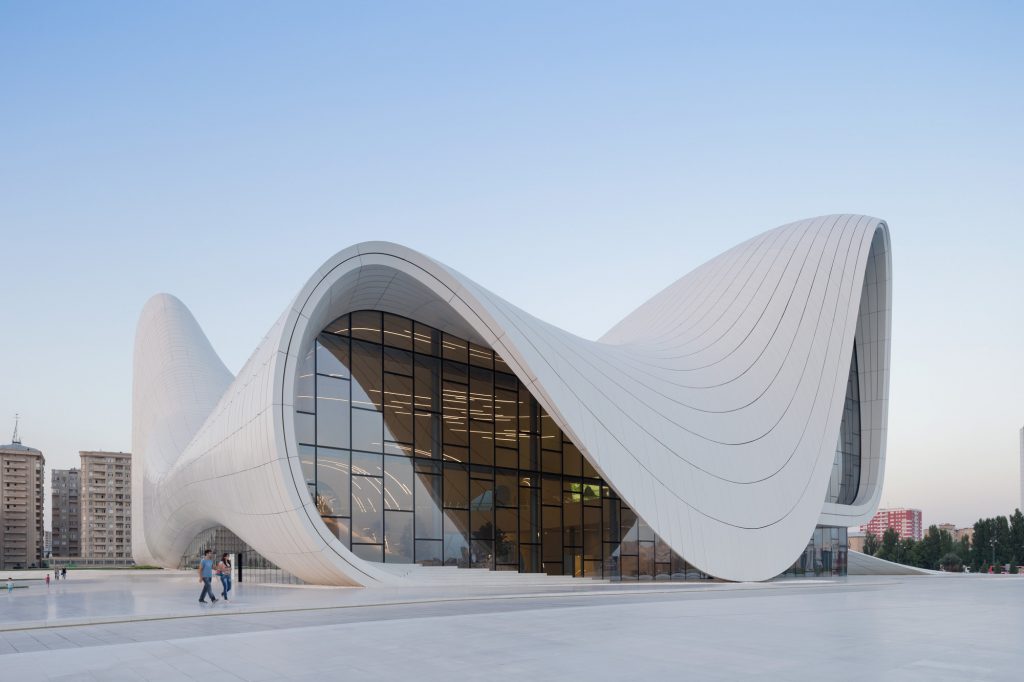

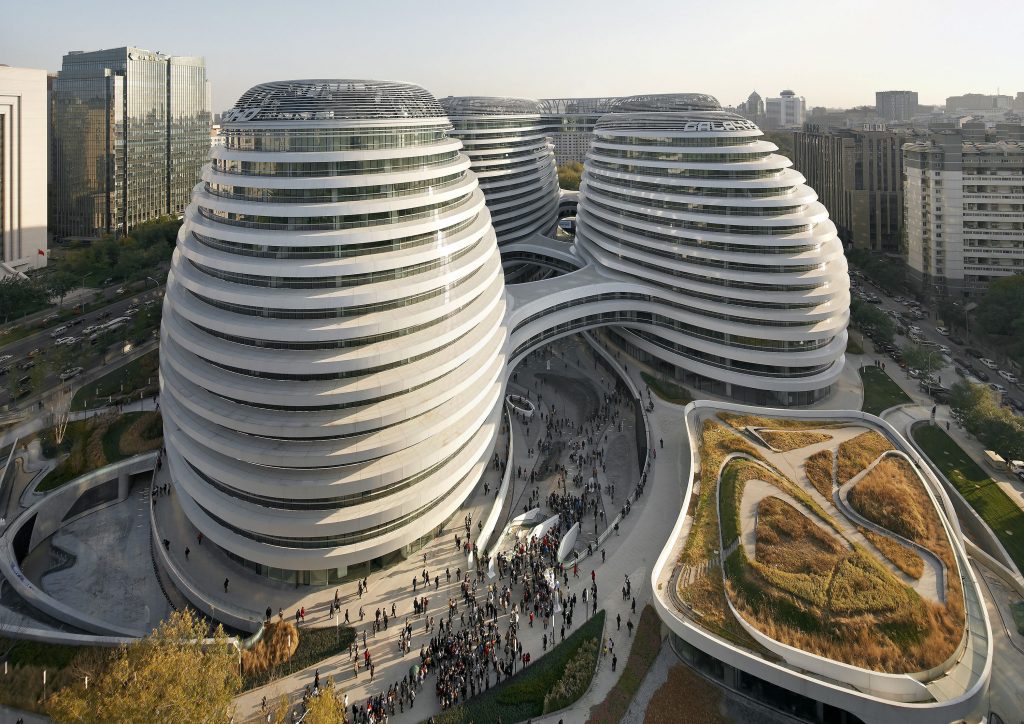
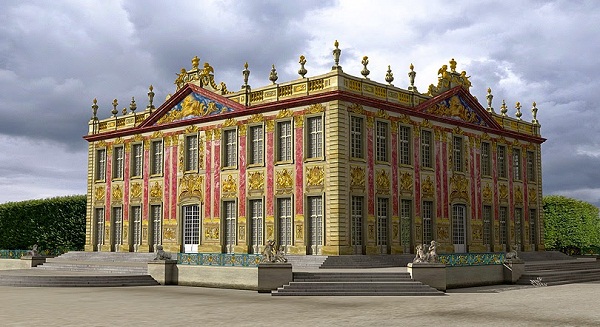
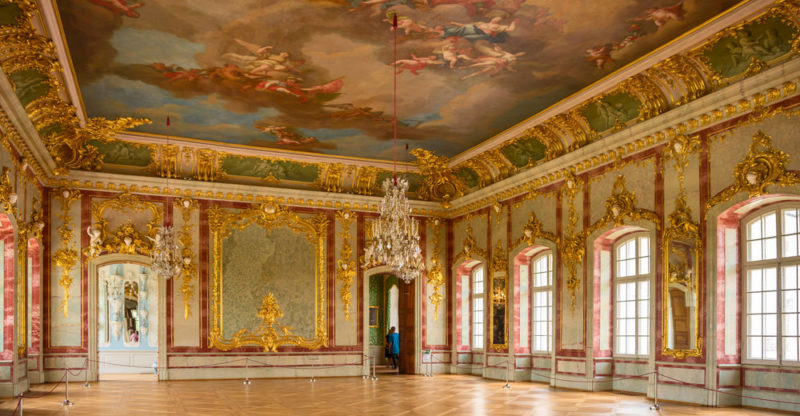
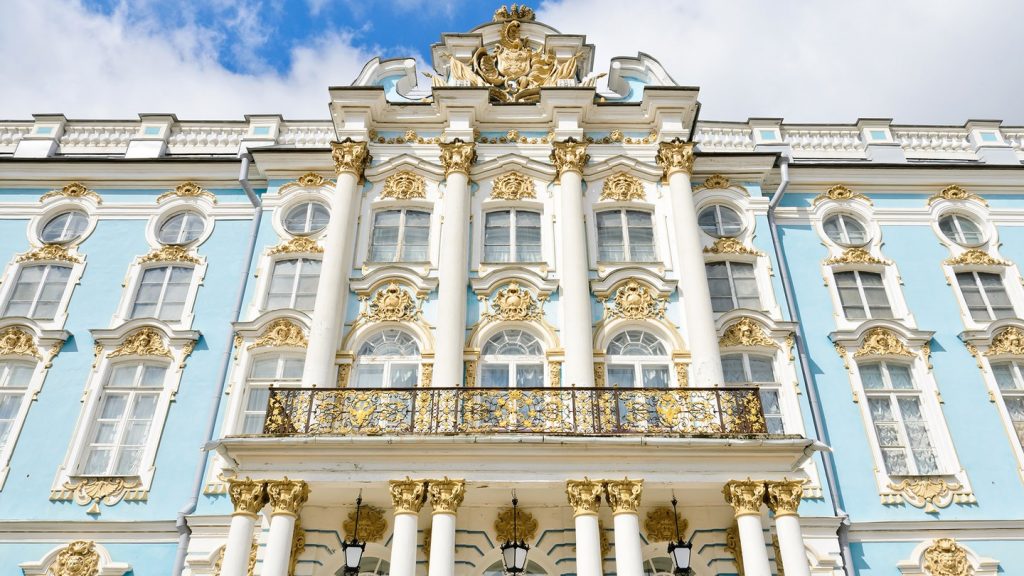
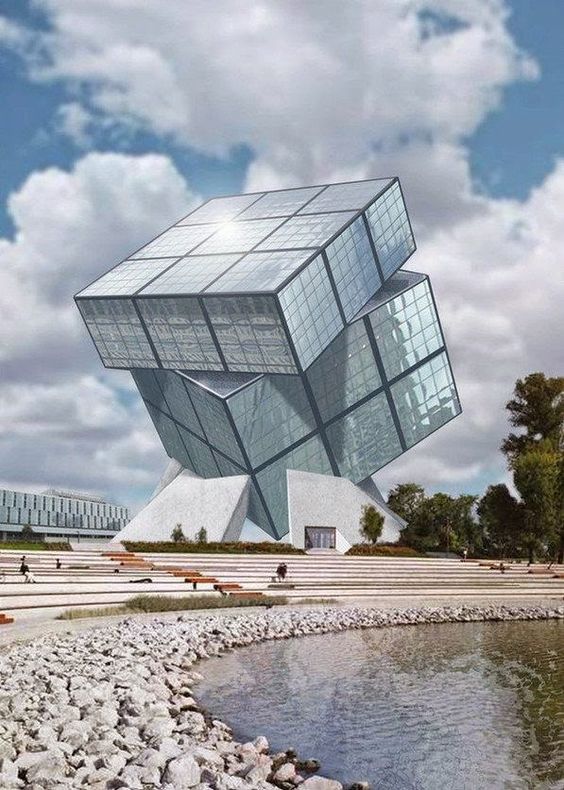
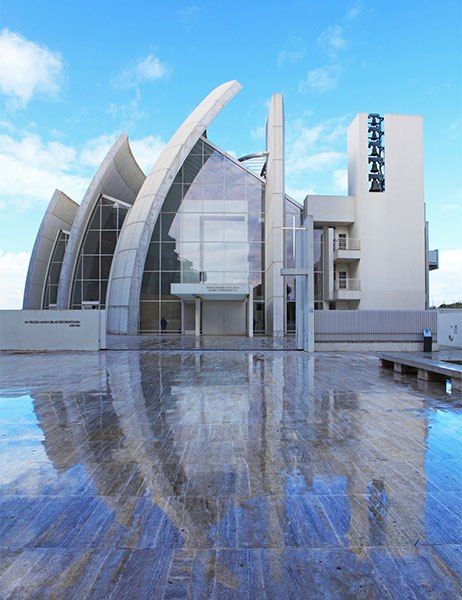
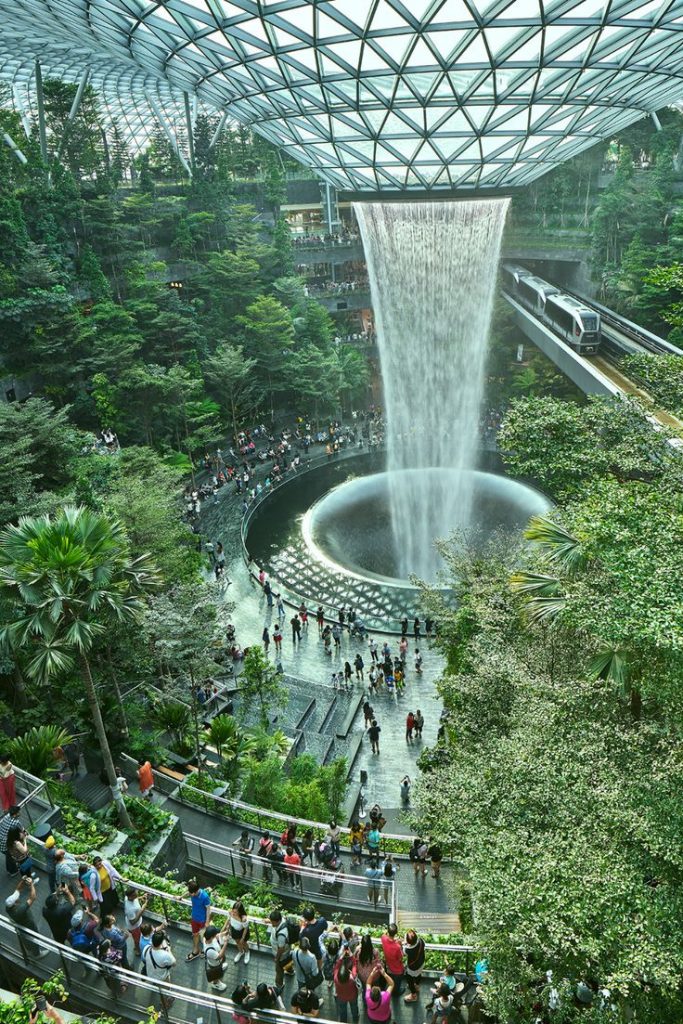
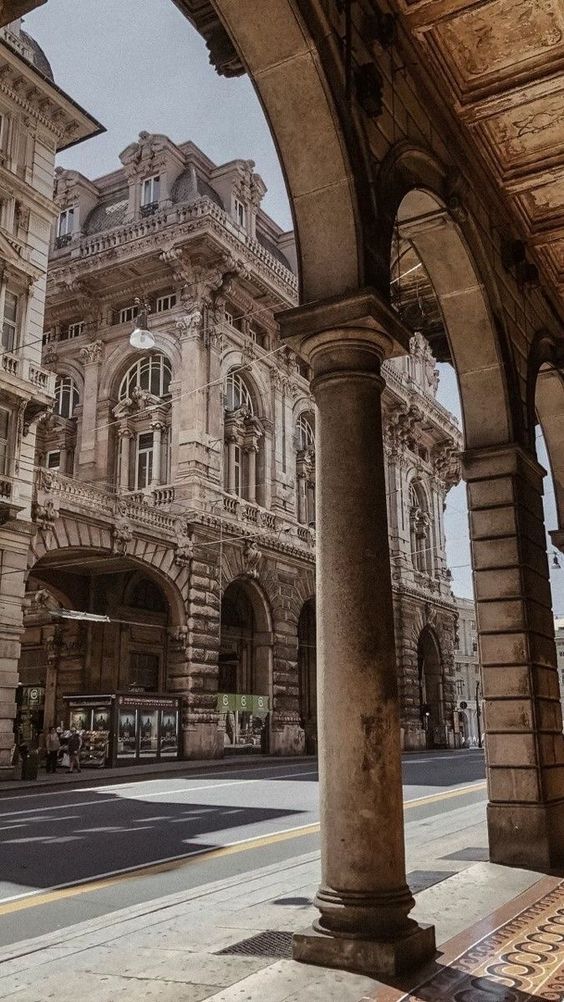

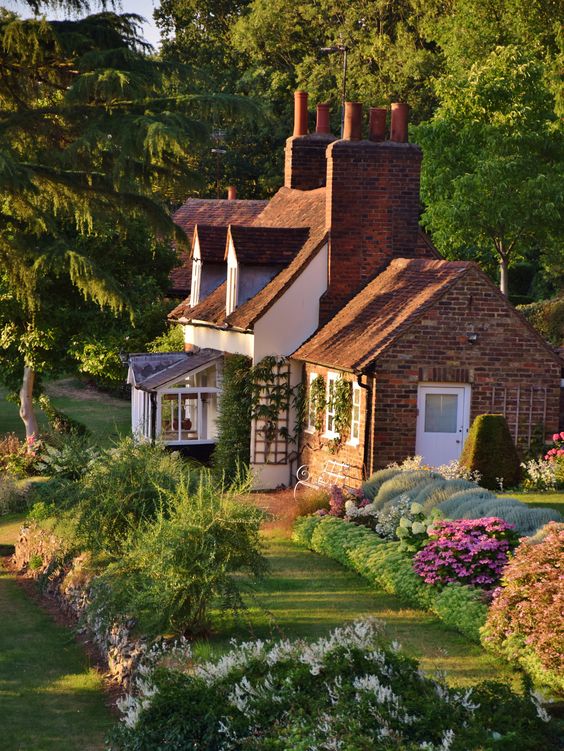
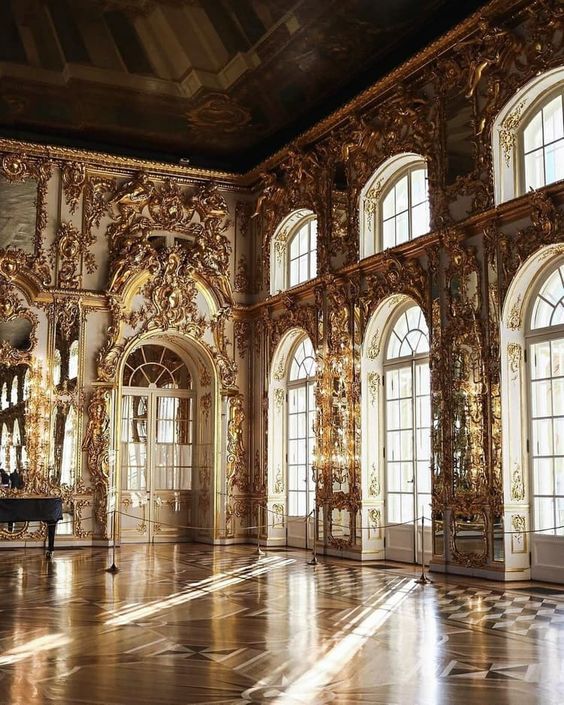
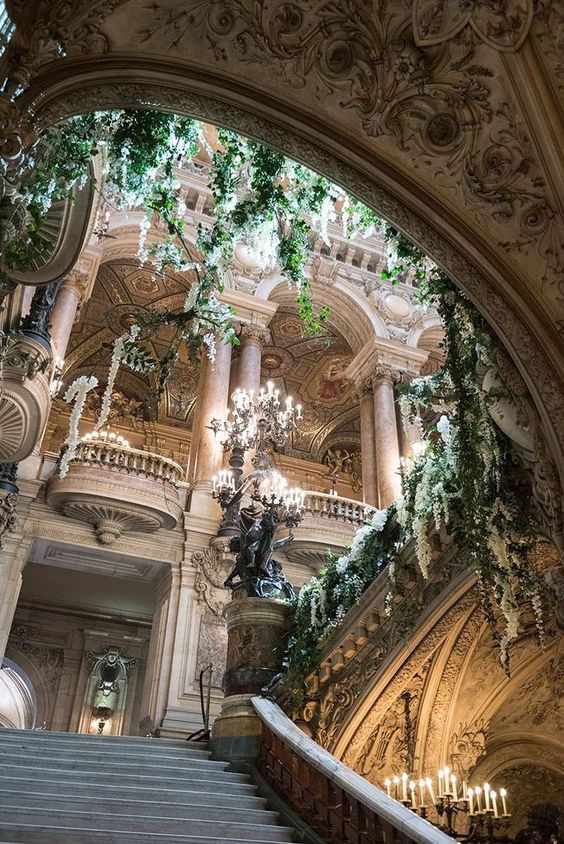
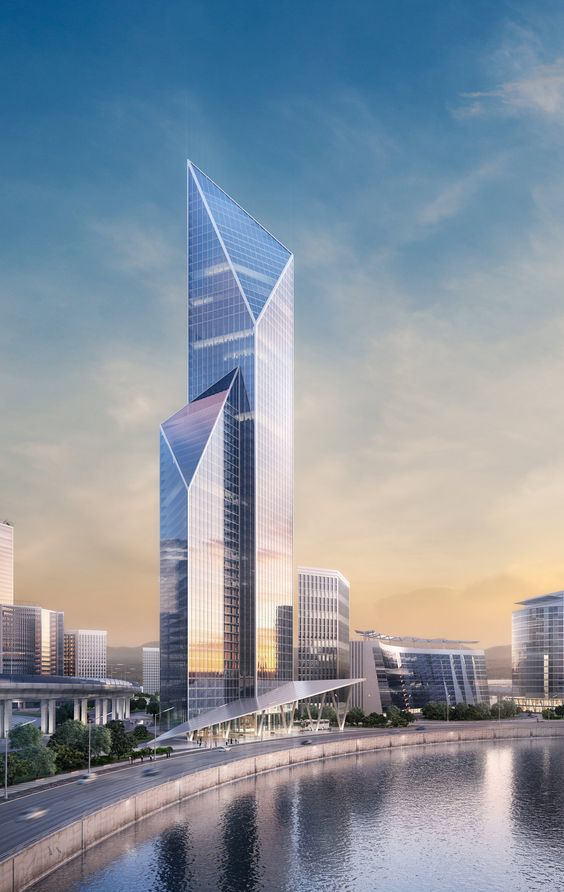

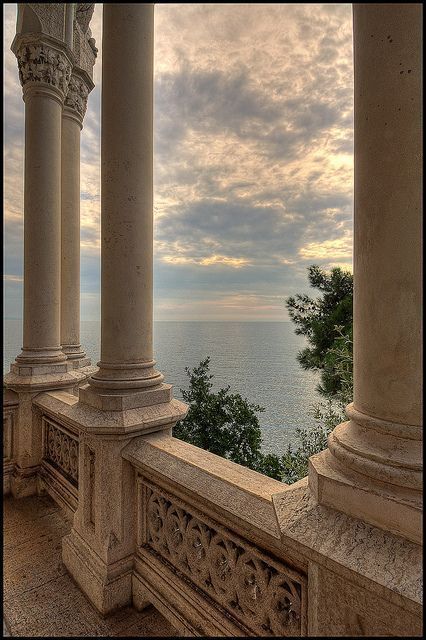
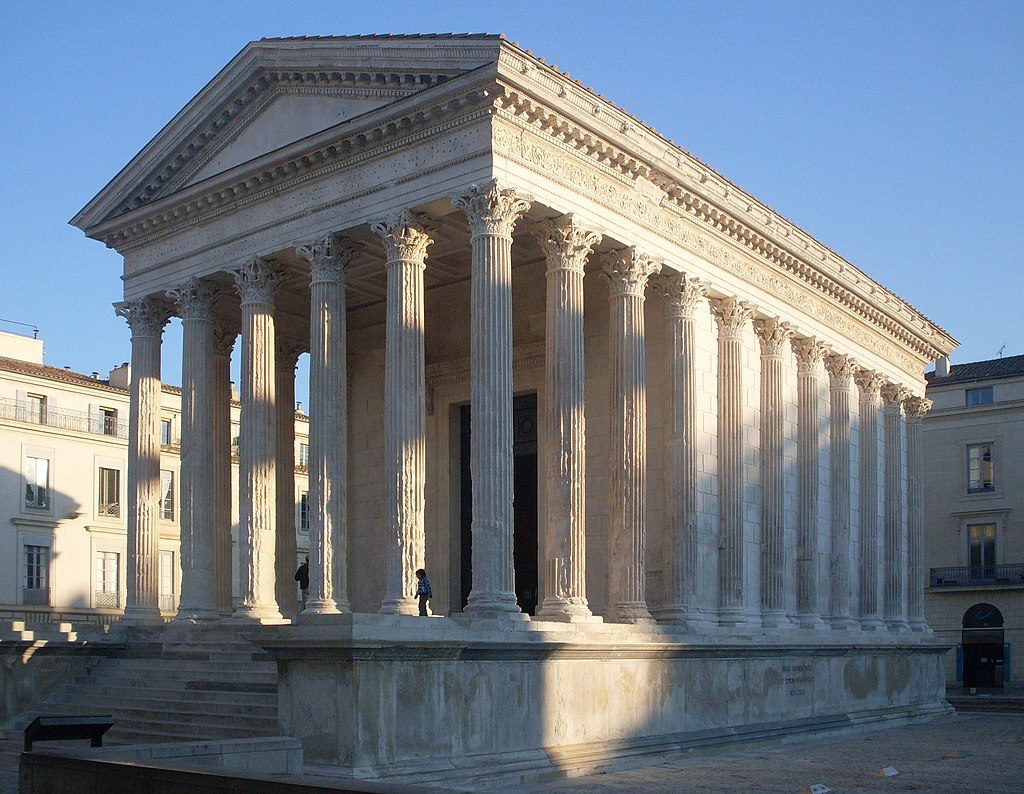
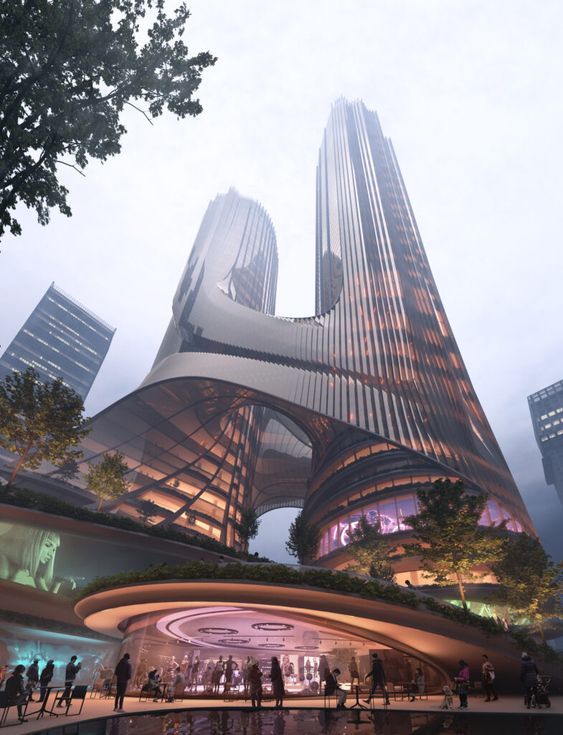
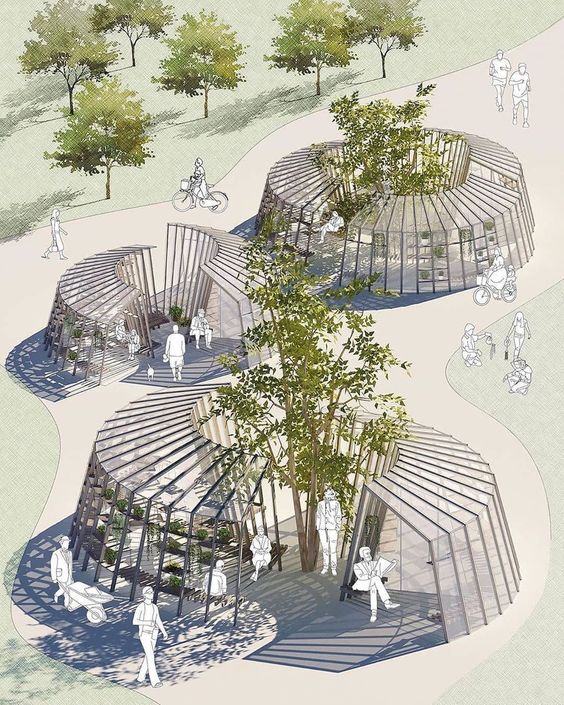
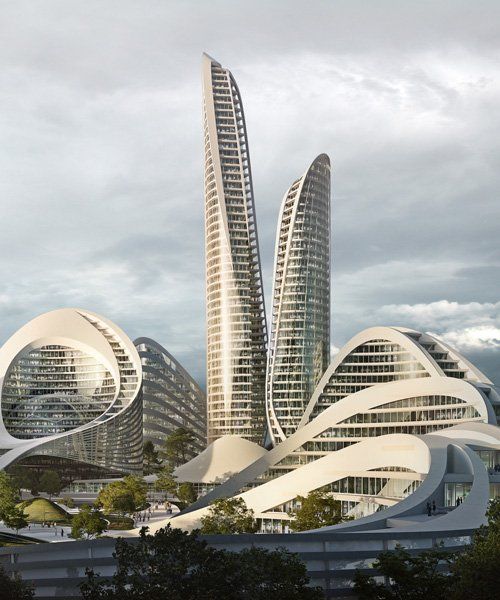
Hola, esto es un comentario. Para empezar a moderar, editar y borrar comentarios, por favor, visita la pantalla de comentarios…